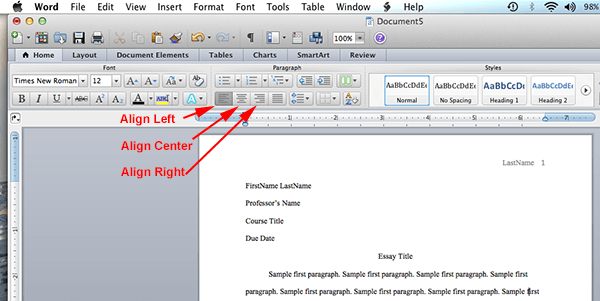

PageSetup.BottomMargin), 1) - 0.05)ĪctiveDocument.GridOriginHorizontal =. PageSetup.RightMargin), 1) - 0.05)ĪctiveDocument.GridDistanceVertical = CentimetersToPoints(Round(PointsToCentimeters( _ ' 0.05 is half-millimeter to prevent cutting off the right and bottom boundaries by the marginsĪctiveDocument.GridDistanceHorizontal = CentimetersToPoints(Round(PointsToCentimeters( _ ' display boundaries like those in pre-2013 PageSetup.RightMarginĪctiveDocument.GridDistanceVertical =.
#No top margin in word 2016 full#
' display crossing boundaries at full width and heightĪctiveDocument.GridDistanceHorizontal =. If ActiveDocument.GridOriginFromMargin = False Then ' ActiveDocument.GridOriginFromMargin = True ' uncomment to have page boundaries like standard for pre-2013 ' provide page boundaries using a customised page gridĪctiveDocument.GridOriginFromMargin = False If you like boundaries that look just like a rectangle, like it was in Office before 2013, remove ' at the start of this line: ' ActiveDocument.GridOriginFromMargin = Trueĭownside: There will be the same boundaries for the whole document, so if you have multiple sections with different size margins, their boundaries will be like those of the section that is current at the moment when you run the macro. The produced boundaries are a bit improved: they extend at the full page width and height, crossing in the corners.

Here is my macro lifehack that makes use of the gridlines to display text boundaries in the pre-2013 style.


 0 kommentar(er)
0 kommentar(er)
